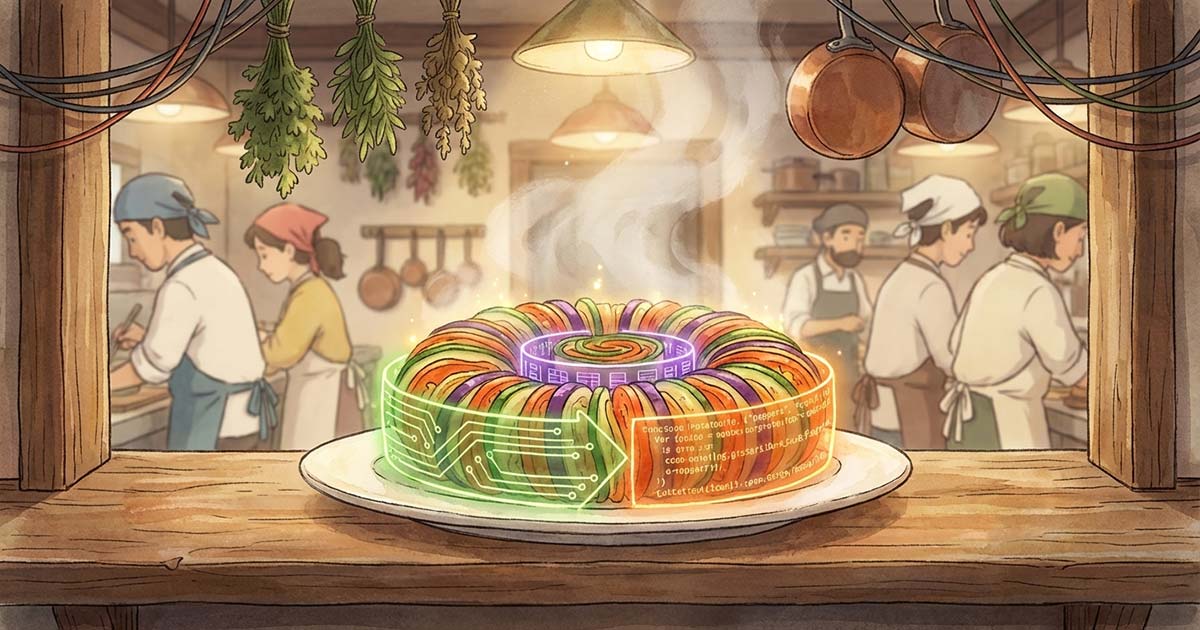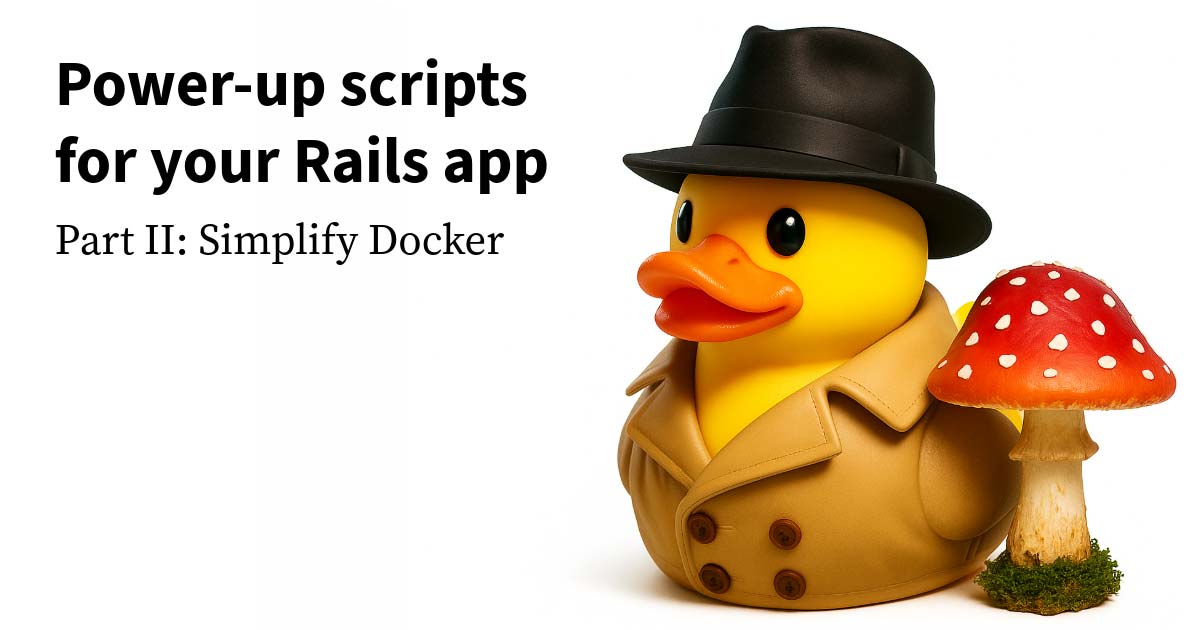When you first start learning about how to lead effective meetings, one of the early lessons is to make sure there is an agenda, and it’s published ahead of time. And while it is undeniably important, having an agenda is not sufficient to guarantee a productive discussion.
Think of the times you gather with your coworkers. Do you find yourself repeating the same meeting over and over? Are your teams prioritizing consistency in ceremony agendas only to yield flat, stale discussions? If so, it’s time to vary the lineup to bring new energy and thoughts to the fore.
Most teams we work with at Test Double have at least tried to adopt a practice of holding regular retrospectives. But we see a large variance in the value made from that time spent together. Some teams find them enormously useful. Others go through the motions but can’t really articulate what they’re getting out of them. Some clients have even abandoned the practice of retrospectives altogether by the time we begin working with them. This is a shame.
I would argue that, when done well, retrospectives are the single best thing to surface from the agile software development movement.
In my experience, teams that have struggled to maximize their retrospective time together almost always suffer from a common problem: monotony. If you do the same thing over and over, boredom eventually sets in. There is arguably no more exciting profession than being an astronaut, but NASA still gives thought to ensuring astronauts don’t get bored.
Having variety in agendas is important beyond retrospectives. At Test Double, we aim to not only deliver at or above what our clients expect, but we also want to leave them in a better state than when we arrived. One way we go about doing that is by holding regular “huddles” where all consultants working on behalf of a client get together to take a step back and look at things through various lenses. To ensure we are always bringing a fresh perspective, we have different styles of huddles.
Non-exhaustive list of huddle formats you can try:
- A Retro Huddle asks things you might ask in a typical retrospective. What’s new? What has been difficult? What should we celebrate? Our agents often work in different parts of the client organization. Sharing our answers with each other makes us more informed and effective.
- A Consulting Huddle focuses on our role as consultants. Good consultants are not just problem-solvers; they’re also problem-finders. In this kind of huddle, we ask questions aimed at doing both. What is a point of friction that is slowing people down, and how can we make things smoother? Who in the client organization needs mentorship and support that we can provide? What is something the client team might be able to do better, and how can we turn that into a relative strength? Identifying problems and how we can help address them not only serves the client; it can also alter a client’s perception of our agents, seeing them less as contractors and more as consultants.
- A Strategy Huddle is intended to make sure we understand and align with the client’s strategic objectives. We talk about what their top business priorities are and how the work we’re doing is helping them to achieve that. We ask what “wins” we’ve recently been a part of. We look for signs the client might better achieve their strategic objectives by partnering more deeply with Test Double in places where we can offer unique value. We identify people in the client organization we want to know better and other things about the client that we need to learn.
- A Growth Huddle is used to have a conversation about how we can grow professionally as part of our client work. What skills are we hoping to further develop that would also benefit the client? What kind of pairing should we do to help each other out? What kudos should we dole out to help celebrate the growth we’re already seeing? What opportunities for sponsorship exist that might put someone in a better position to grow while also serving the client?
- A First Huddle is, well, the first one we have once we begin an engagement. There we are looking at questions like what do we still need to get access to? Who have we met that should go onto our client roster? What early consulting opportunities are we spotting? What can we do to rapidly earn trust? What questions do we have?
Use templates to make it easier to try a variety of meeting types
One thing we’ve found helpful is to have a tool where we can create a set of agenda templates that can prepare us for the different kinds of huddles we want to have.
At Test Double, we use Notion for building a working set of consulting team documentation. This includes huddle notes.
Each client consulting team has its own Notion database that is pre-seeded with templates for each of styles mentioned above. Of course, our teams aren’t limited to that starting set. Any team is free to add new huddle templates to suit their individual needs.
In my experience, engineers have a default mode where they can go day after day of pulling a ticket off the backlog and then working to deliver the features required. There’s obviously nothing wrong with this, but it also lacks something if that’s the only way you experience the client. It focuses primarily on short-term and tactical thinking. Clients who work with us almost always come to want more than that from us. They want us to be a partner who can understand their business objectives/domain and help them with their hardest problems—even if those aren’t always technical.
Huddles are a helpful practice to make sure we can provide them with this type of engagement as well.
How can your team mix up your meetings?
Team huddles are some of the most important meetings we conduct at Test Double. Having variety in these meetings has proven helpful to ensuring we get the most out of them.
You may not have the same kind of huddles we do, but I bet there are meetings you attend that feel monotonous and less effective than they could be. If so, I’d encourage you to look for tools or practices that allow you to mix things up from time to time. For example, most online retrospective product offerings give you a variety of templates to work with. The principle applies more broadly.
Whether it be stand-ups, demos, or all-hands meetings, you’ll get more out of these if you go beyond being satisfied with having an agenda published ahead of time to a situation where that agenda encourages new styles of thought and engagement.
Join the conversation about this post on our N.E.A.T community
Not a N.E.A.T. community member yet? More info.











